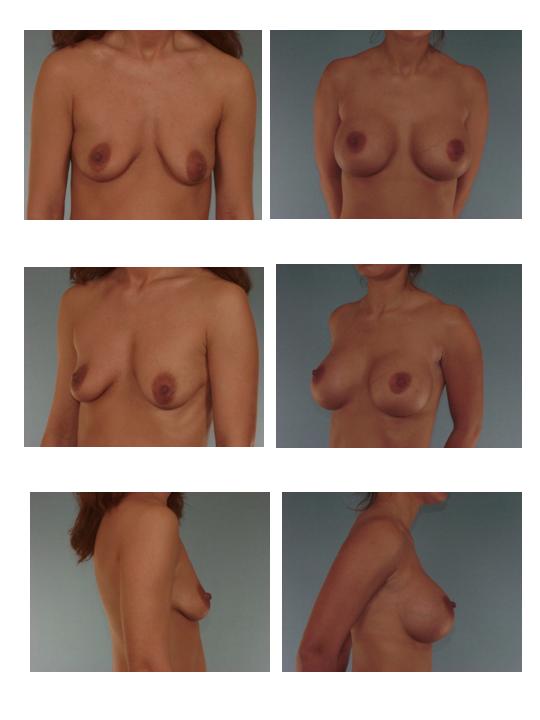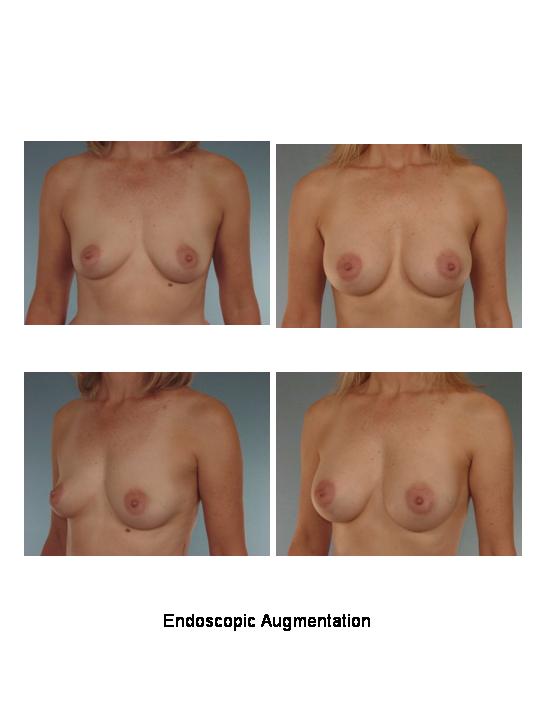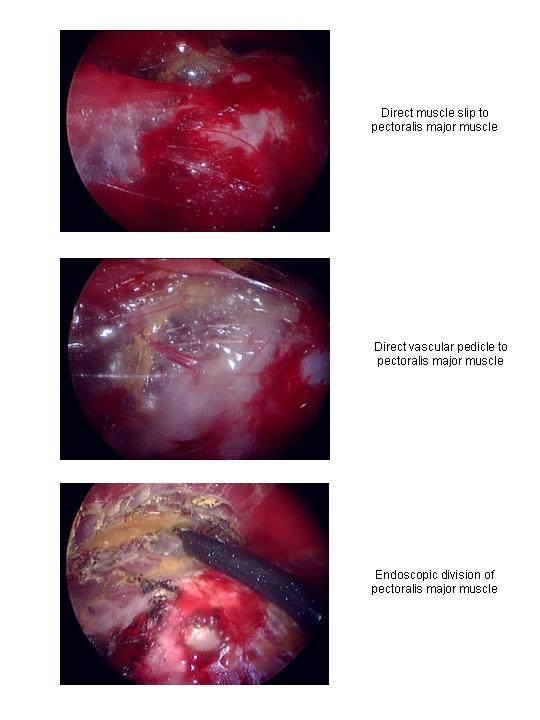McCormick Place, Lakeside Center
Sunday, September 25, 2005
9:00 AM - 5:00 PM
McCormick Place, Lakeside Center
Monday, September 26, 2005
9:00 AM - 5:00 PM
McCormick Place, Lakeside Center
Tuesday, September 27, 2005
9:00 AM - 5:00 PM
McCormick Place, Lakeside Center
Wednesday, September 28, 2005
9:00 AM - 5:00 PM
8655
Ten Year Experience with Endoscopic Breast Augmentation
From April 1994 to October 2004 the author has performed endoscopic transaxillary breast augmentation in over 800 cases. The paper will explain the author's technique as it has advanced from subpectoral in straightforward hypoplasia to biplaner to multiplaner and transmuscular (internal mammoplasty) in patients with ptosis (n=38) or tubular deformities (n=4). Various nuances of the procedure as it has developed will be demonstrated including new descriptions of the subpectoral space anatomy. The operation allows for optimum visualization and accuracy for pocket development and implant placement in combination with the ultimate in aesthetic breast augmentation by the avoidance of any visible scar on the breast surface.
Complications have included capsular contracture in 8 patients (1 bilateral), malposition in 4 patients, size dissatisfaction in 3 patients, chronic or delayed breast pain in 4 patients, hematoma in 0 patients, infections in 0 patients, intraoperative conversations in 0 patients, spontaneous deflation in 7 patients and hypertropic scarring in 2 patients. In the ptosis category (n=42) there was a late conversion rate to mastopexy of 10%.
The author contends that in patients with hypoplasia transaxillary endoscopic augmentation mammoplasty is equal in aesthetic efficacy to open techniques in terms of postoperative shape and appearance and is superior to open techniques based on scar location. Patient satisfaction has been 98% and complications have been minimal. All reasons given by surgeons in a survey by the author for not doing endoscopic breast augmentations will be addressed.





